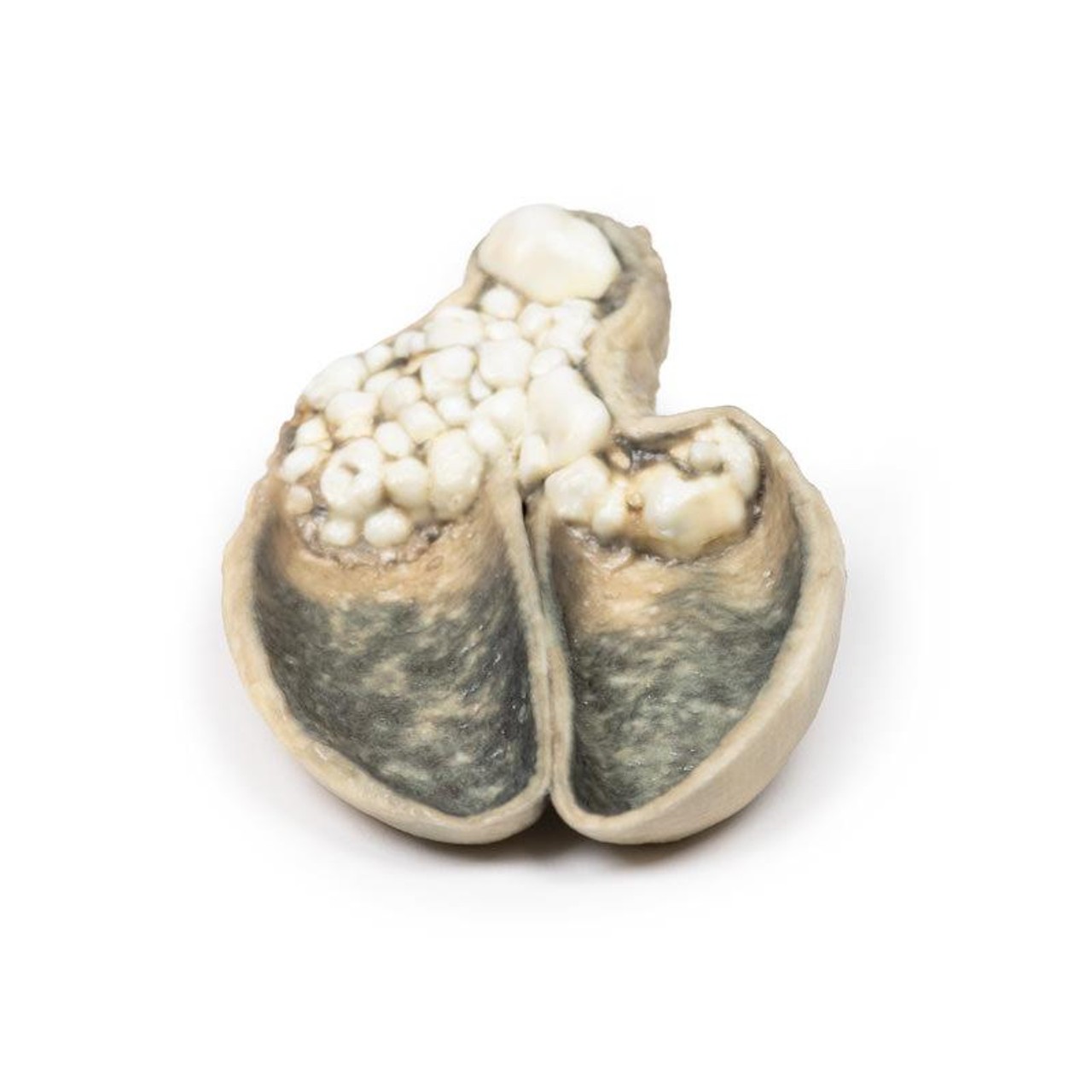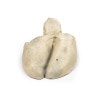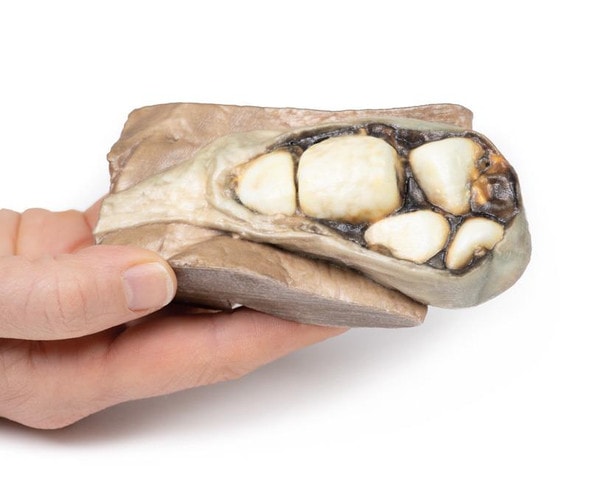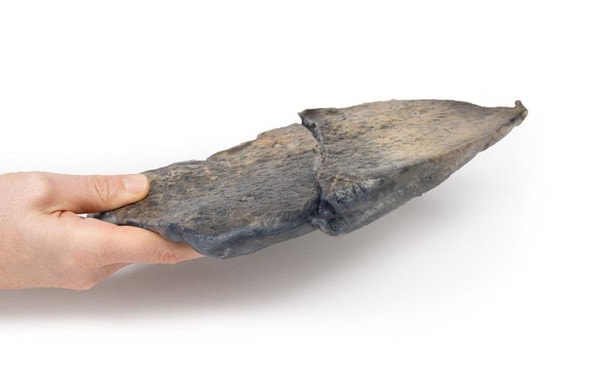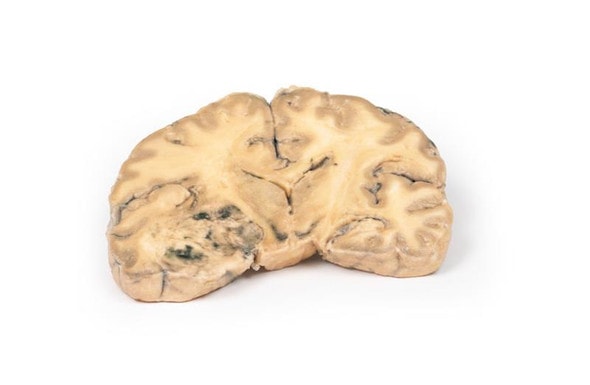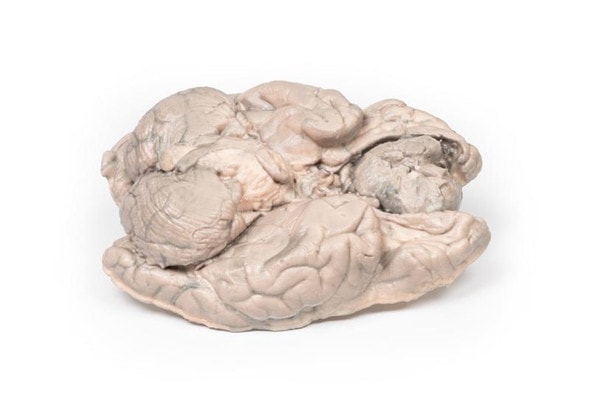Description
Developed from real patient case study specimens, the 3D printed anatomy model pathology series introduces an unmatched level of realism in human anatomy models. Each 3D printed anatomy model is a high-fidelity replica of a human cadaveric specimen, focusing on the key morbidity presentations that led to the deceasement of the patient. With advances in 3D printing materials and techniques, these stories can come to life in an ethical, consistently reproduceable, and easy to handle format. Ideal for the most advanced anatomical and pathological study, and backed by authentic case study details, students, instructors, and experts alike will discover a new level of anatomical study with the 3D printed anatomy model pathology series.
Clinical History
A 60-year-old man head a history of four episodes of severe gripping abdominal pain during the previous year, each lasting two hours and associated with meals. He presented with a similar attack associated with vomiting and fever. This last attack did not resolve spontaneously, and he underwent cholecystectomy.
Pathology
A thick-walled gallbladder has been opened to display a thickened hemorrhagic mucosa and many irregular faceted calculi. A large calculus is impacted in the neck of the gallbladder. The serosal surface of the gall bladder is congested and has lost its normal sheen. This is an example of cholecystitis complicating cholelithiasis (gallstones).
Further Information
Acute cholecystitis is characterized by the clinical syndrome of right upper quadrant pain, fever and jaundice. Gallstones account for the vast majority of acute cholecystitis, with only 5 - 10% of cases being due to other pathology. Chronic cholecystitis may occur, resulting from recurrent attacks and causing fibrosis and thickening of the gallbladder wall. 6-11% of patients with symptomatic gallstones will go on to develop acute cholecystitis. Serum biochemistry will demonstrate leukocytosis with or without obstructive liver function tests. Ultrasound will demonstrate gallstones in the gallbladder, along with wall thickening and a sonographic Murphy's sign (tenderness from the pressure of the ultrasound probe). Other imaging modalities include nuclear medicine cholescintigraphy scans, MRCP (magnetic cholangiopancreatography) and CT. Endoscopic Retrograde Cholangiopancreatography (ERCP) will provide diagnostic information regarding biliary obstruction and may also be therapeutic. Causative organisms (if present) will be from the gut flora, commonly E coli, Enterococcus, Klebsiella and Enterobacter. Complications include gangrenous cholecystitis, perforation, cholecystoenteric fistula or gallstone ileus. Definitive treatment is surgical cholecystectomy.
Advantages of 3D Printed Anatomical Models
- 3D printed anatomical models are the most anatomically accurate examples of human anatomy because they are based on real human specimens.
- Avoid the ethical complications and complex handling, storage, and documentation requirements with 3D printed models when compared to human cadaveric specimens.
- 3D printed anatomy models are far less expensive than real human cadaveric specimens.
- Reproducibility and consistency allow for standardization of education and faster availability of models when you need them.
- Customization options are available for specific applications or educational needs. Enlargement, highlighting of specific anatomical structures, cutaway views, and more are just some of the customizations available.
Disadvantages of Human Cadavers
- Access to cadavers can be problematic and ethical complications are hard to avoid. Many countries cannot access cadavers for cultural and religious reasons.
- Human cadavers are costly to procure and require expensive storage facilities and dedicated staff to maintain them. Maintenance of the facility alone is costly.
- The cost to develop a cadaver lab or plastination technique is extremely high. Those funds could purchase hundreds of easy to handle, realistic 3D printed anatomical replicas.
- Wet specimens cannot be used in uncertified labs. Certification is expensive and time-consuming.
- Exposure to preservation fluids and chemicals is known to cause long-term health problems for lab workers and students. 3D printed anatomical replicas are safe to handle without any special equipment.
- Lack of reuse and reproducibility. If a dissection mistake is made, a new specimen has to be used and students have to start all over again.
Disadvantages of Plastinated Specimens
- Like real human cadaveric specimens, plastinated models are extremely expensive.
- Plastinated specimens still require real human samples and pose the same ethical issues as real human cadavers.
- The plastination process is extensive and takes months or longer to complete. 3D printed human anatomical models are available in a fraction of the time.
- Plastinated models, like human cadavers, are one of a kind and can only showcase one presentation of human anatomy.
Advanced 3D Printing Techniques for Superior Results
- Vibrant color offering with 10 million colors
- UV-curable inkjet printing
- High quality 3D printing that can create products that are delicate, extremely precise, and incredibly realistic
- To improve durability of fragile, thin, and delicate arteries, veins or vessels, a clear support material is printed in key areas. This makes the models robust so they can be handled by students easily.

